| Klea McKenna |
| 08.21.14 | No Comments |
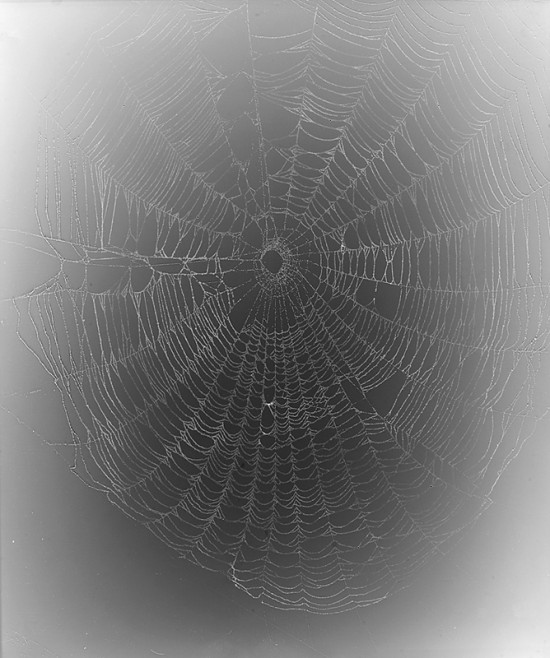
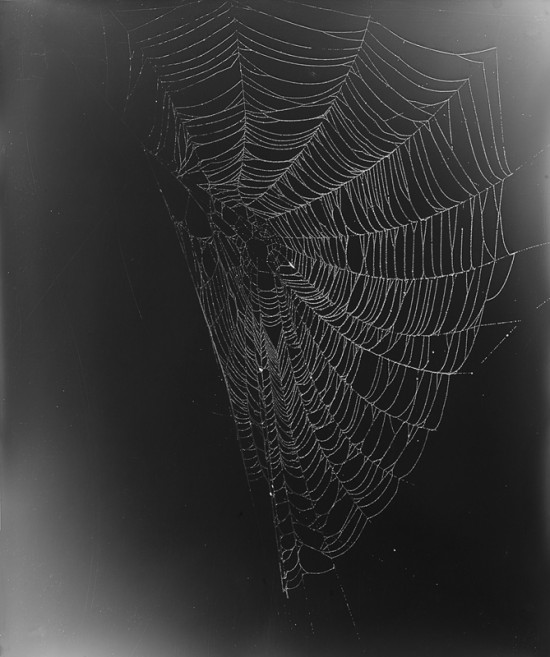
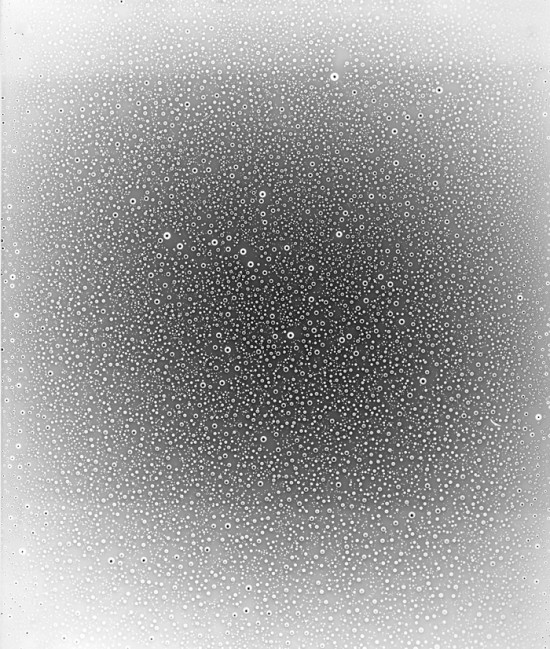
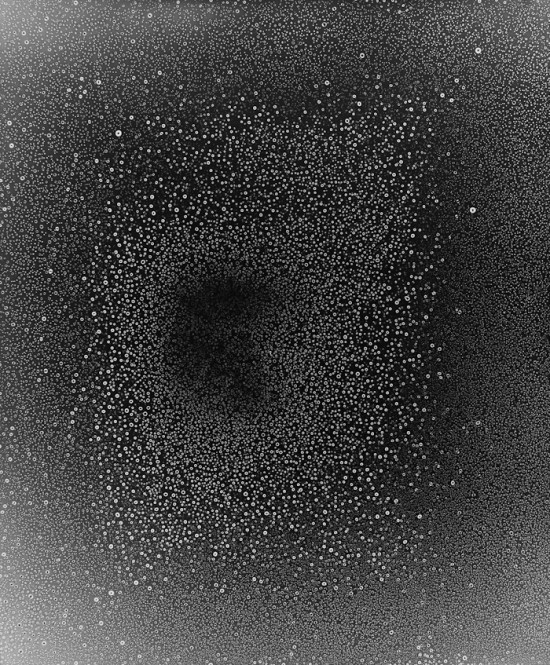
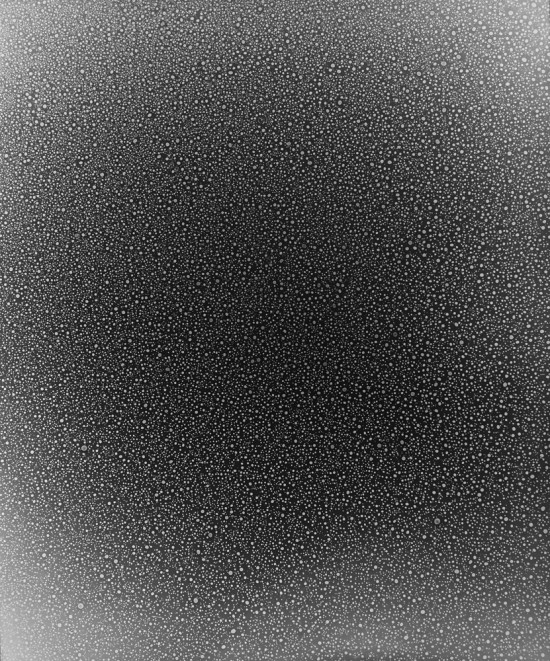
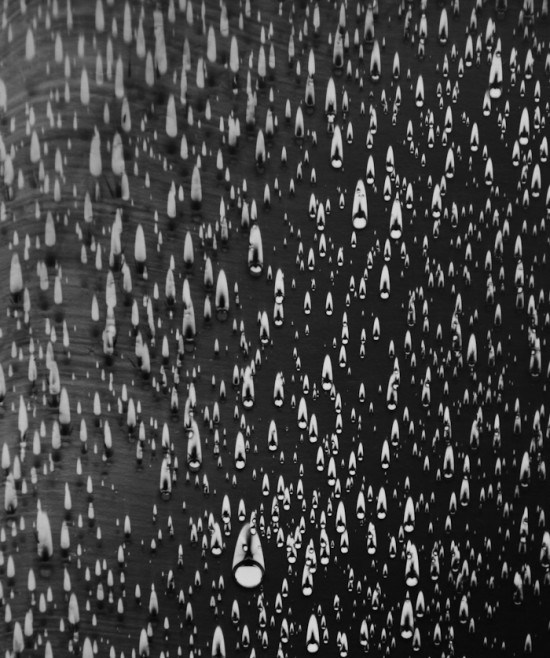
photograms by www.kleamckenna.com

| Erno-Erik Raitanen’s Bacteriograms |
| 06.20.13 | No Comments |
“Colorful and unusual patterns pictures are what photographer Erno-Erik Raitanen calls self-portraits. The pictures, which Raitanen says are more like photograms, involve no camera, some photographic film, and bacteria.
The series, called Bacteriograms, is a display of Raitanen’s own body bacteria cultivated on the gelatin surface of film negatives, much like bacteria is grown in Petri dishes in a laboratory setting.”
from petapixel.com
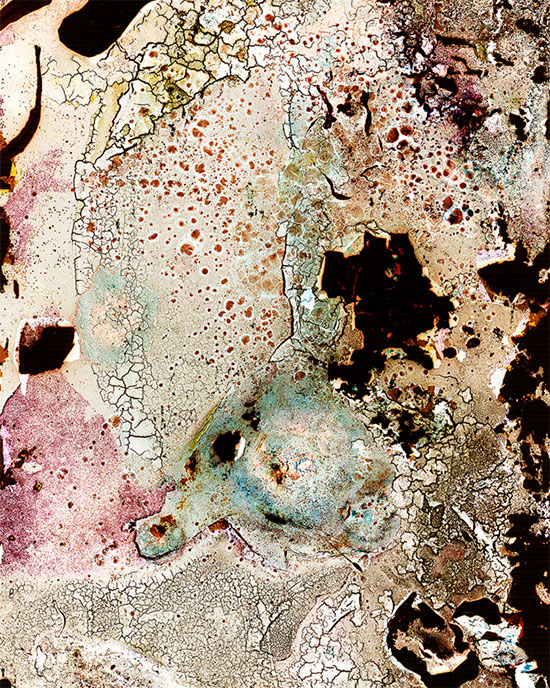
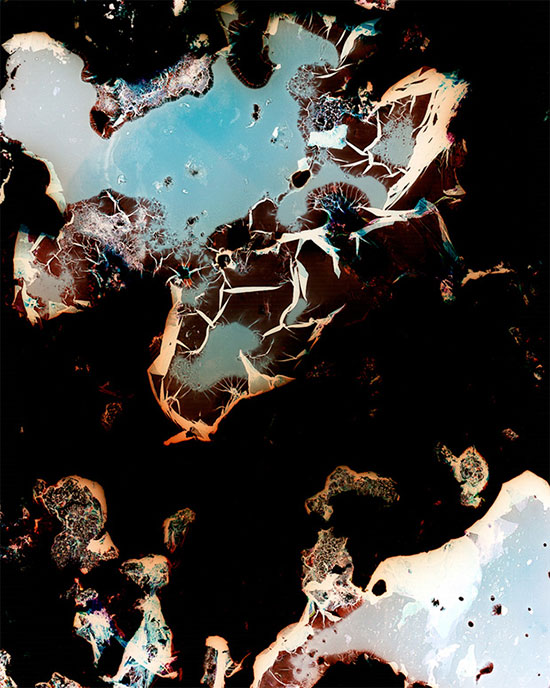
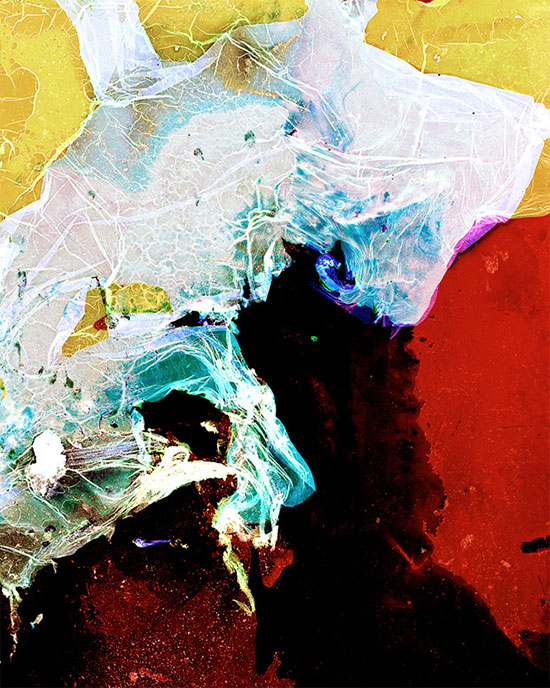
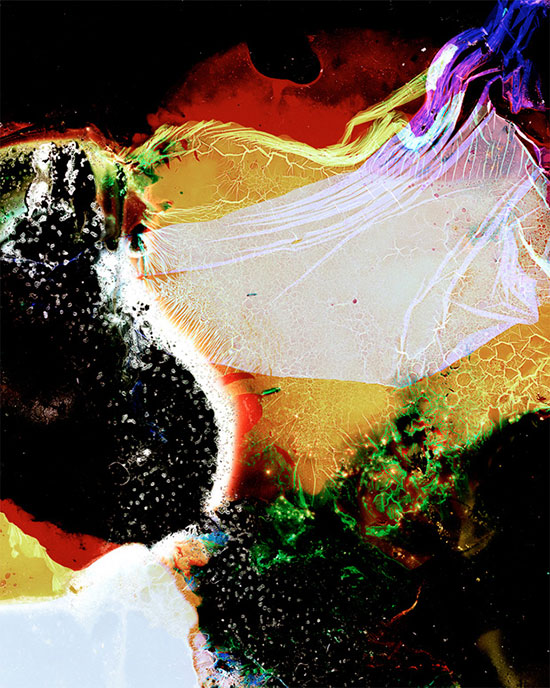
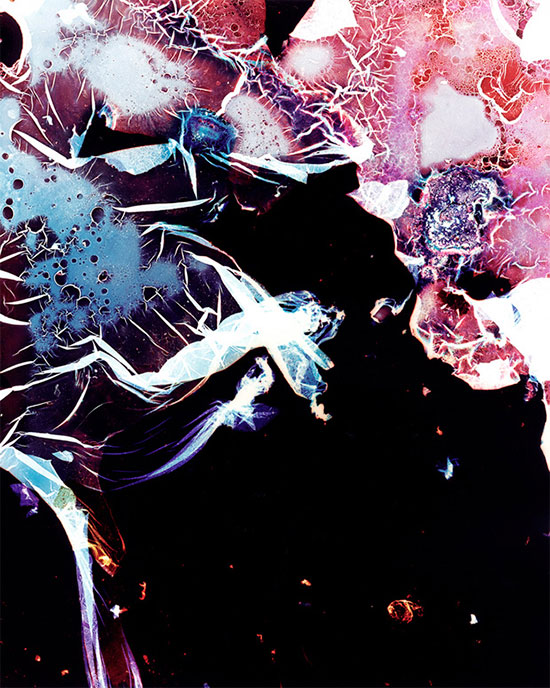
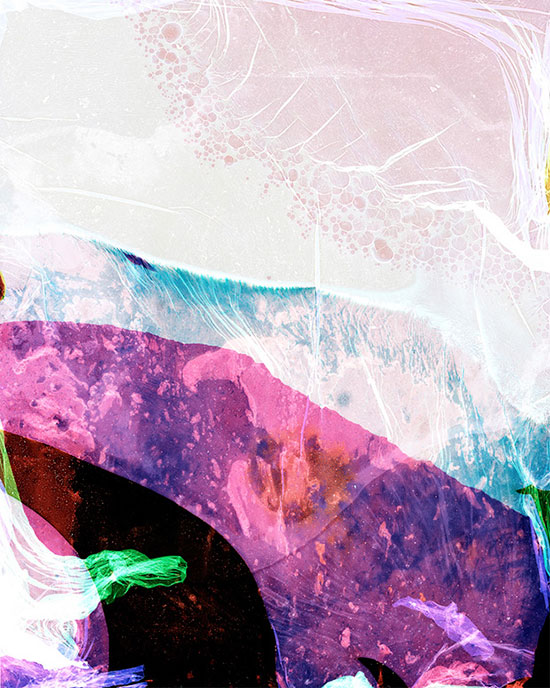
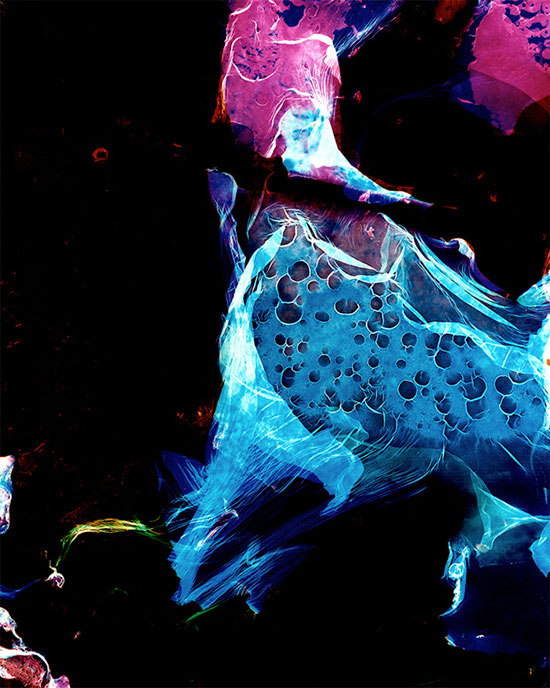
| Safety Scissors |
| 05.29.13 | No Comments |
I had a blast taking photos with my friend and very talented musician Safety Scissors. We had six costume changes, a few dranks, and a whole barrel of laughs.
He has a new record coming out on Bpitch Control called In A Manner Of Sleeping. You can preview it here on www.xlr8r.com




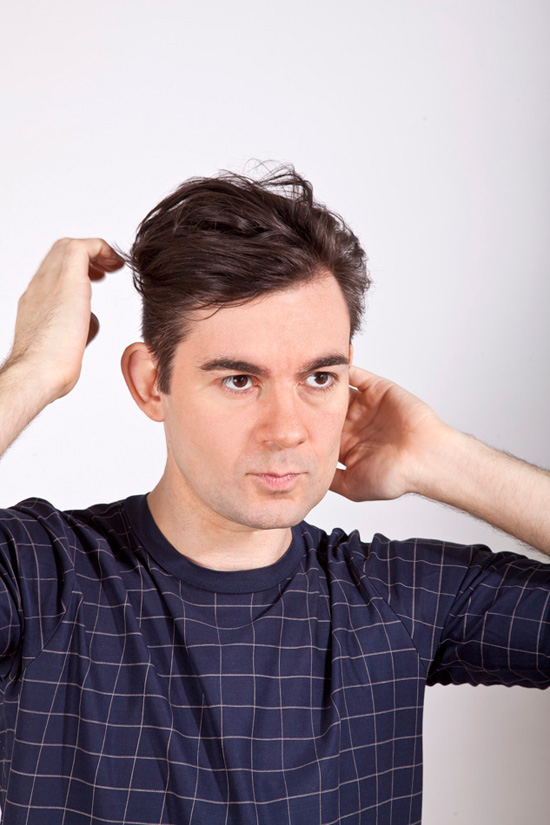
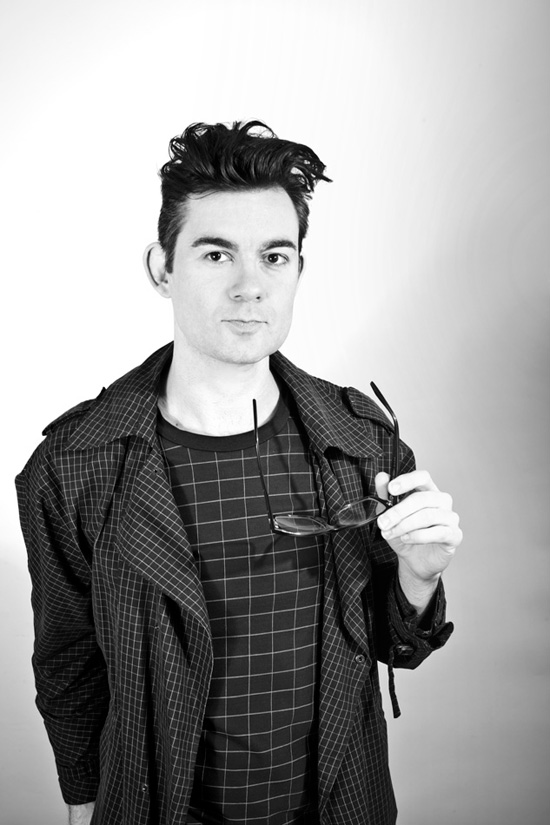
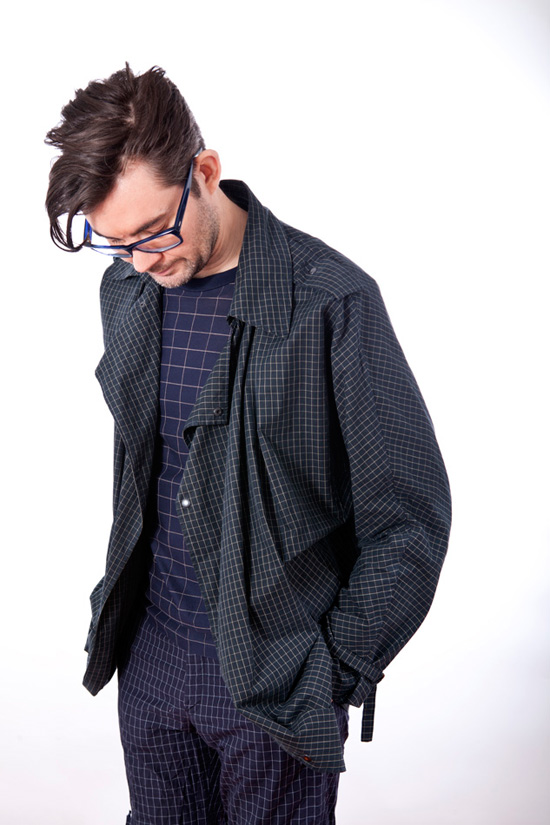
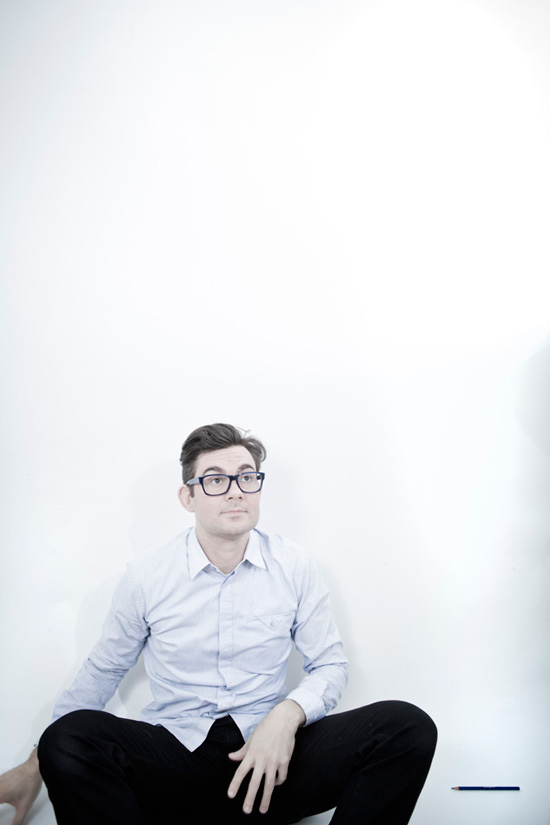



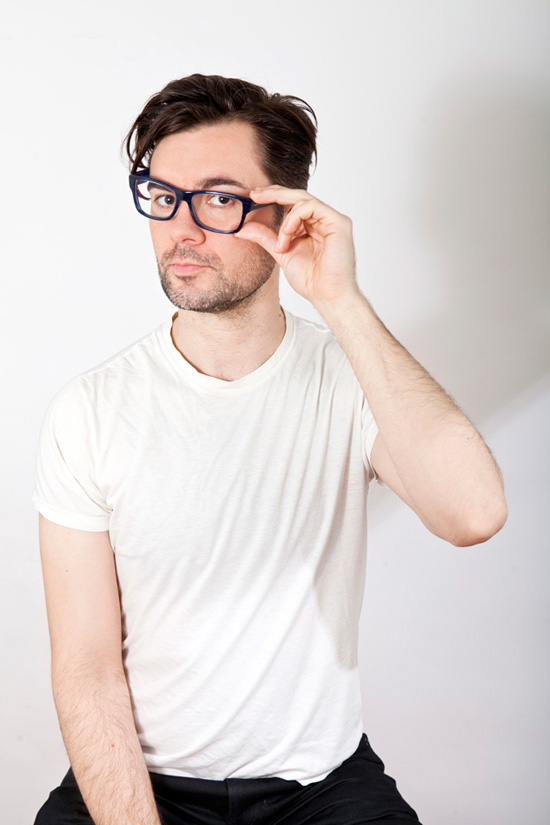
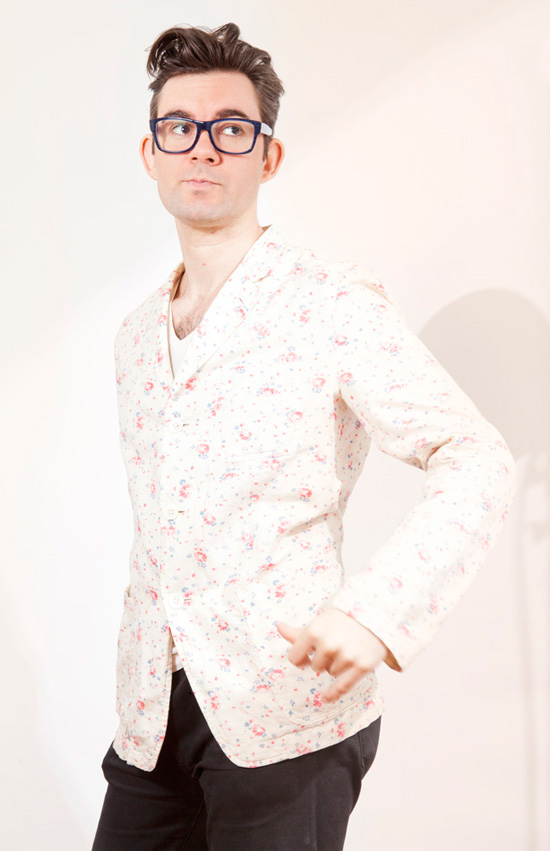

| Botanicals Exhibit in Brooklyn |
| 05.02.13 | No Comments |
My Botanicals exhibit opens today in Williamsburg.
bconte – 167 N9th St.
Opening is Friday May 3 6-9pm
On view until May 28
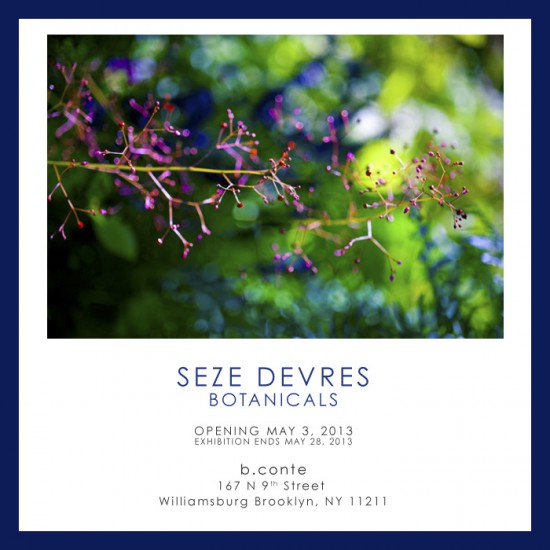
| My Kiss & Tell Nerd Portraits |
| 04.28.09 | No Comments |



| Photoshop: shift in color when you save for web |
| 10.30.08 | No Comments |
I have been noticing a shift in color when I save an image for web. This page was super helpful for me.
| snapshots from the birth of photography…. |
| 10.25.07 | No Comments |
Impressed by Light: British Photographs from Paper Negatives
Metropolitan Museum of Art, New York

William Henry Fox Talbot (English, 1800–1877)
Wild Fennel, 1841–42
Salted paper print; 7 3/8 x 9 in. (18.7 x 22.7 cm)
The Metropolitan Museum of Art, New York,
Gilman Collection, Purchase, Mr. and Mrs. Andrew W. Saul Gift

Unknown photographer
Spreading Oak with Seated Figure, 1850s
Paper negative; 7 x 8 1/8 in. (17.7 x 20.7 cm)
The Metropolitan Museum of Art,
New York, Gift of Hans P. Kraus, Jr., 2007
To see more from this amazing exhibit: look here
| Public Enemy #1: Newton’s Rings |
| 10.16.07 | No Comments |
If you are photographer you are probably familiar with Newton’s rings. I never thought I would hate rainbows but I do when they appear in my work. Newton’s rings are these evil thumb-print like rings that magically ruin an image. I thought that they would disappear once I turned digital, but oh no, they are still there! #%^*
I even bought the anti-newton glass, but that only works half the time. Grrrrr
Newton’s rings
The phenomenon of Newton’s rings, named after Isaac Newton, is an interference pattern caused by the reflection of light between two surfaces – a spherical surface and an adjacent flat surface. When viewed with a monochromatic light it appears as a series of concentric, alternating light and dark rings centered at the point of contact between the two surfaces. When viewed with white light, it forms a concentric ring pattern of rainbow colors because the different wavelengths of light interfere at different thicknesses of the air layer between the surfaces. The light rings are caused by constructive interference between the light rays reflected from both surfaces, while the dark rings are caused by destructive interference. Also, the outer rings are spaced more closely than the inner ones. Moving outwards from one dark ring to the next, for example, increases the path difference by the same amount λ, corresponding to the same increase of thickness of the air layer λ/2. Since the slope of the lens surface increases outwards, separation of the rings gets smaller for the outer rings.